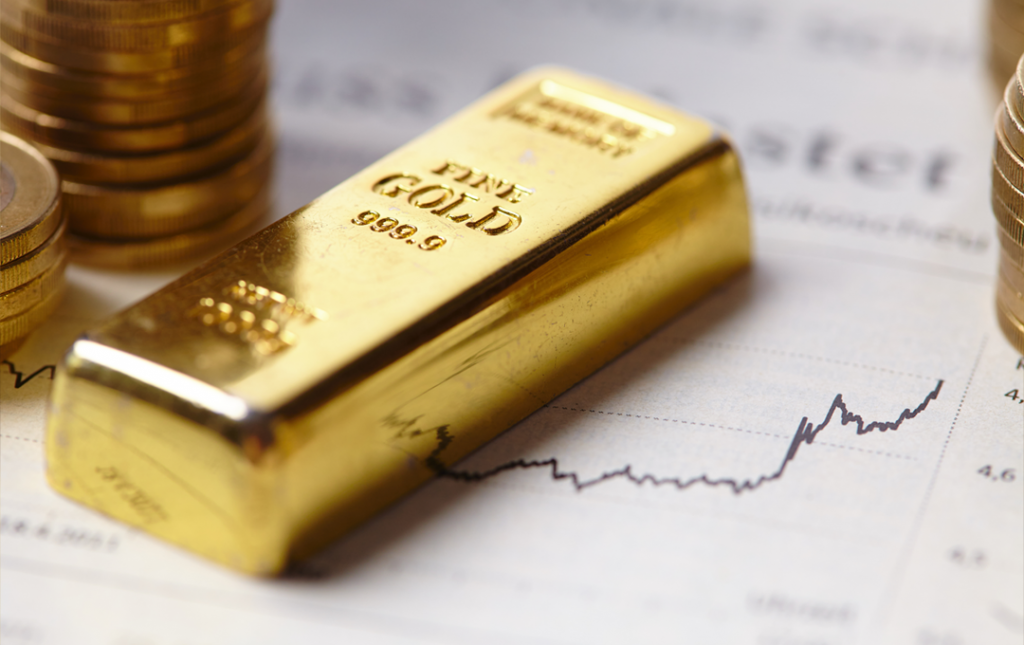This report examines the current anomalies observed in the gold market, highlighting why gold demand is increasing despite higher holding costs and the absence of a severe economic downturn. The analysis explores the key factors contributing to this atypical behavior.
Overview of Gold as a Safe Haven
Traditionally, gold has been perceived as a safe haven during economic crises. Investors flock to gold to preserve their wealth, leading to price increases. This historical trend is supported by numerous instances where gold prices surged amidst financial instability, inflation, and geopolitical tensions.
The current economic environment does not exhibit the severe downturns seen in the past. However, gold demand remains robust due to several unique factors.
Key Factors
- Central Bank Diversification Strategies
- Central banks, particularly in China, are diversifying their reserves into gold to mitigate risks associated with potential U.S. sanctions on dollar-based assets. This strategic move aims to reduce dependency on the U.S. dollar and safeguard financial stability amidst geopolitical tensions. The increased purchases by central banks are a significant driver of the current demand for gold.
- Geopolitical Tensions and Economic Uncertainty
- Continued geopolitical tensions and economic uncertainties, such as trade disputes and regional conflicts, are driving investors to seek the safety of gold. Despite the higher costs of holding gold, the perceived need for a stable store of value during uncertain times has boosted demand.
- Inflation Concerns
- Persistent inflation concerns, despite central banks’ efforts to control it through interest rate hikes, have led investors to turn to gold as a hedge against inflation. The fear of eroding purchasing power is prompting increased investment in gold.
- Interest Rates and Monetary Policy
- While higher interest rates typically discourage gold investment due to increased opportunity costs, the current environment has seen a paradoxical effect. Investors are seeking to balance their portfolios with gold to protect against potential economic shocks that could arise from aggressive monetary tightening.
- Strength of the U.S. Dollar
- Although a stronger U.S. dollar usually dampens gold demand, the current strength of the dollar is also seen as a temporary phenomenon. Investors are buying gold in anticipation of a possible future devaluation of the dollar as economic policies evolve.
- Market Sentiment and Speculation
- The gold market is currently influenced by high levels of speculative trading. Traders are leveraging advanced financial instruments and derivative markets, contributing to short-term volatility and increased demand.
- Investor Behavior and Risk Appetite
- There is a growing interest in diversified portfolios, including gold, as a risk management strategy. The increased demand for alternative assets like cryptocurrencies has not fully displaced the traditional appeal of gold.
Gold’s rising demand, despite unconventional market conditions and higher holding costs, is attributed to central bank diversification strategies, geopolitical tensions, inflation concerns, speculative trading, and strategic investor behavior. These factors collectively reinforce gold’s role as a reliable store of value in uncertain times.
Investors should consider these insights when evaluating their portfolios. It is crucial to:
- Monitor central bank policies and their gold purchasing trends.
- Pay attention to geopolitical developments and their impact on market sentiment.
- Stay informed about inflation trends and central bank responses.
- Diversify investments to include gold as a hedge against economic uncertainties.
By understanding these factors, investors can better navigate the complexities of the current gold market and make informed decisions.





